10 Stunning Ways to Use Pyntekvister in Your Home Decor
Introduction to Pyntekvister
Home decoration Pyntekvister is all about more than choosing furniture and paint colors it’s about bringing your space to life with personality, texture, and nature. One of the most underutilized yet dramatic design materials is the pyntekvister. While not a common name, pyntekvister can provide an organic, sculptural, and warm emphasis in any space if used ingenuously. In this tutorial, we delve into ten inspiring ways to add pyntekvister to your home decor from dramatic walls to understated accents so that your interiors are peaceful, fashionable, and originally yours
Way to Use as Wall Feature
Perhaps one of the most daring ways to highlight pyntekvister is by transforming them into a wall feature. Either on a full accent wall or only a part, hanging pyntekvister vertically or in stripes adds texture and depth. Varathan or bleach them to coordinate with your color palette, or use them natural for a rustic effect. Try spotlighting with adjustable LED up-lights to pick out the natural forms. This can be a great technique in living rooms, hallways, or behind a bed to create a show-stopping focal point.
Pyntekvister in Lighting Fixtures
Pyntekvister can be used as elegant lamp bases or pendant light frames. Suspend a thin branch in strands of lights or from a wood ceiling mount. The natural curves create lovely shadows on walls. As a table lamp, a solid piece of pyntekvister attached to a base can cradle a shade, providing a sculptural, organic look. Always seal the wood for safety and long life, with a flame-retardant finish if necessary.
Entryway Statement Pieces
Your entryway is your home’s first impression. Set an upright pyntekvister piece — either a branch in a heavy base or set on a decorative cradle in the foyer. It adds height and drama without dominating the space. Pair with a plain bench or console and sparse art to allow the texture to be the focal point. Spot lighting from the floor can highlight its shape after dark.
Accent in Bookshelves & Niches
Don’t reserve pyntekvister for large installations. Small branches or trimmed sections can thrive amongst bookshelves or within wall niches. Utilize them to separate linear rows of decor items or books. Place them behind transparent vases or glassware so that shadows from nature play across your assembly. The visual interest is created by contrasting strict lines with fluid curves.
Table Centerpiece or Dining Surround
On your dining table, put small twisted pyntekvister pieces in a low vase or shallow tray. You may twine air plants, fairy lights, or flowers around them. In a round or rectangular table, put a low cluster in the middle and balance it with other small accessories. These natural shapes anchor your table without being too high to hamper conversation.
Bathroom & Vanity Decor
Bathrooms require water-resistant finishes, but pyntekvister can really shine in this setting. A sealed and treated branch can display towels or jewelry beside the vanity. A shorter branch can hold small planters or diffuser bottles. Against mirrors, the curvature and reflection of the branch create depth in the confined area. Seal with water‑sealed varnish to preserve the wood, and use branches with fewer knots for durability.
Framing Mirrors or Art
Employ pyntekvister as a frame structure for artwork or mirrors. Ditch the flat manufactured frame and attach thin branches along the borders actual or stripped and treated to give a natural, rustic edge. If heavy, use screws and glue, and hang safely on the wall. This approach blunts harsh edges and incorporates art more naturally into your surroundings.
Staircase & Railings
If you have an open staircase, try incorporating pyntekvister vertically between steps or spindles as a sculptural infill. These branches can substitute for ordinary metal or wood balusters. The irregular spacing and shape provide a fluid, forestlike quality as you travel between floors. Coat all surfaces to avoid splinters and keep safe, and inspect local building codes if in structural or safety-sensitive locations.
Seasonal & Holiday Decor
Pyntekvister are perfect for seasonal accents. During winter, string them with lights and tinsel; during fall, incorporate dried leaves or small pumpkins; during spring, add blossoms or small bird shapes. Since they’re sculptural by nature, they retain hanging elements well. Replace accents every season to give your area a spruce-up without swapping out the underlying framework.
Outdoor & Balcony Applications
If you have a covered balcony or patio, pyntekvister can be grown outside. Utilize thicker, weather‑treated stems as supports for climbing plants to use as trellis, or place them in planters as decorative anchors for your green arrangements. Or install them on outside walls or fences as a natural screen, pruned neatly to provide ventilation. Just make sure they’re sealed and protected from direct water exposure.
Frequently Asked Questions
1. What is a pyntekvister, anyway?
A “pyntekvister” is ornamental branches or twigs generally sculptural, dried or preserved — employed in interior design to introduce nature to domestic décor.
2. Are pyntekvister long-lasting in a house?
Yes, properly sealed, varnished, or waxed, they can have a many-year lifespan as long as they are not exposed to direct moisture or bugs.
3. How do I finish pyntekvister so that they are safe?
Sand lightly, seal with a clear finish, and apply flame-resistant coating if using near light sources, as an option.
4. Can pyntekvister be used outside?
Yes — if branches are sturdy and weather-sealed, they function well on patios, balconies, or garden walls (in protected spots).
5. How do I get pyntekvister?
Local garden centers, landscaping stores, or even branches from your own yard (once dried and cleaned) may be utilized.
6. Do they attract insects or insects such as termites?
Untreated, yes. However, sealed and treated branches are less likely to attract pests.
7. How do I hang heavier items on walls?
Utilize strong anchors, screws, and occasionally backing plates. Spread weight and think about a French cleat system for security.
8. Can I color or paint pyntekvister?
Yes — many artists whitewash, stain, or lightly spray paint limbs to coordinate with a palette, but keep texture.
9. Are they safe around children or pets?
Select smoother limbs, seal them up well, and hang them out of reach or in sheltered spots to minimize risk of poking or splintering.
10. Do pyntekvister work on modern interiors?
Absolutely — they introduce contrast, softness, and organic interest even in streamlined, contemporary environments. They mellow harsh lines and introduce texture.
Conclusion
Incorporating pyntekvister in home design is a sophisticated means of introducing natural beauty, texture, and sculptural interest into your homes. As dramatic wall elements, lighting accents, tabletop centerpieces, or stand-alone frames, these branches can be used in every room. The secret is precise finishing, astute placing, and ingenuity in intermixing them with other materials. The same branch can be a new seasonal note or move from foyer to balcony over time. Let your imagination be your guide and let your home have a whisper of forest beauty forever.
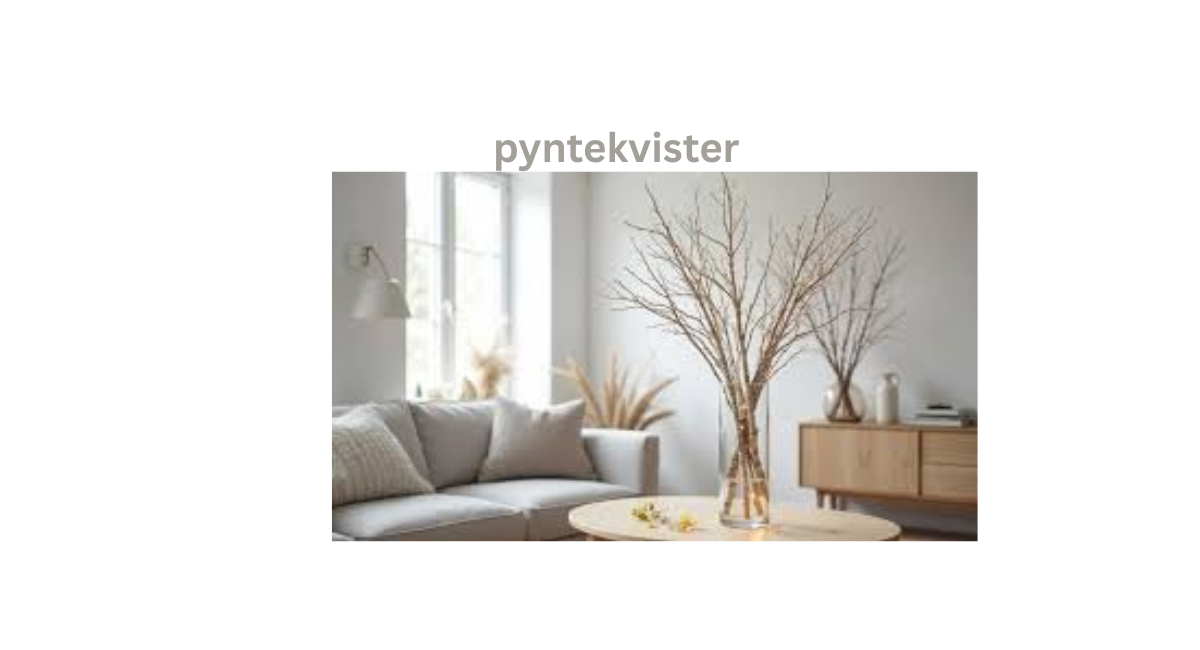






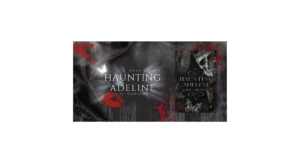
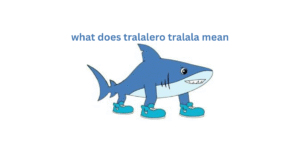

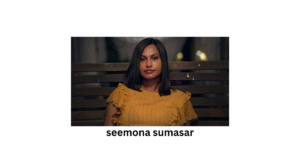

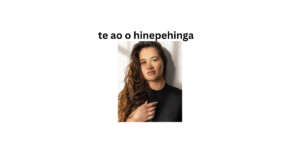

Post Comment